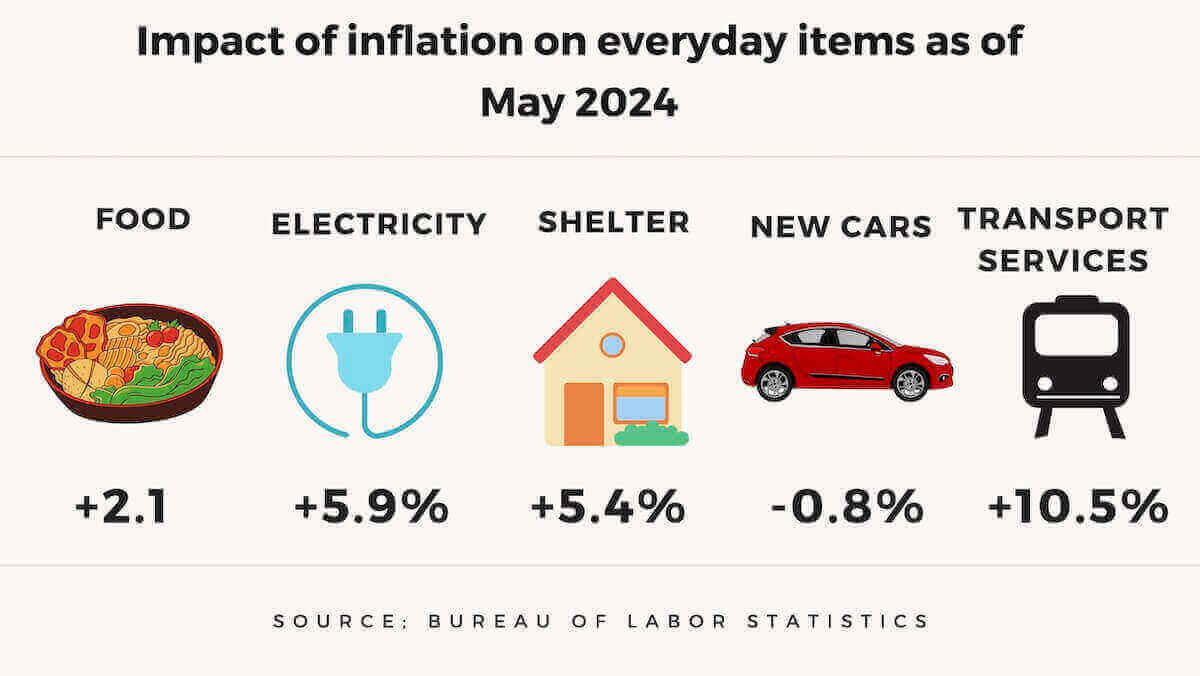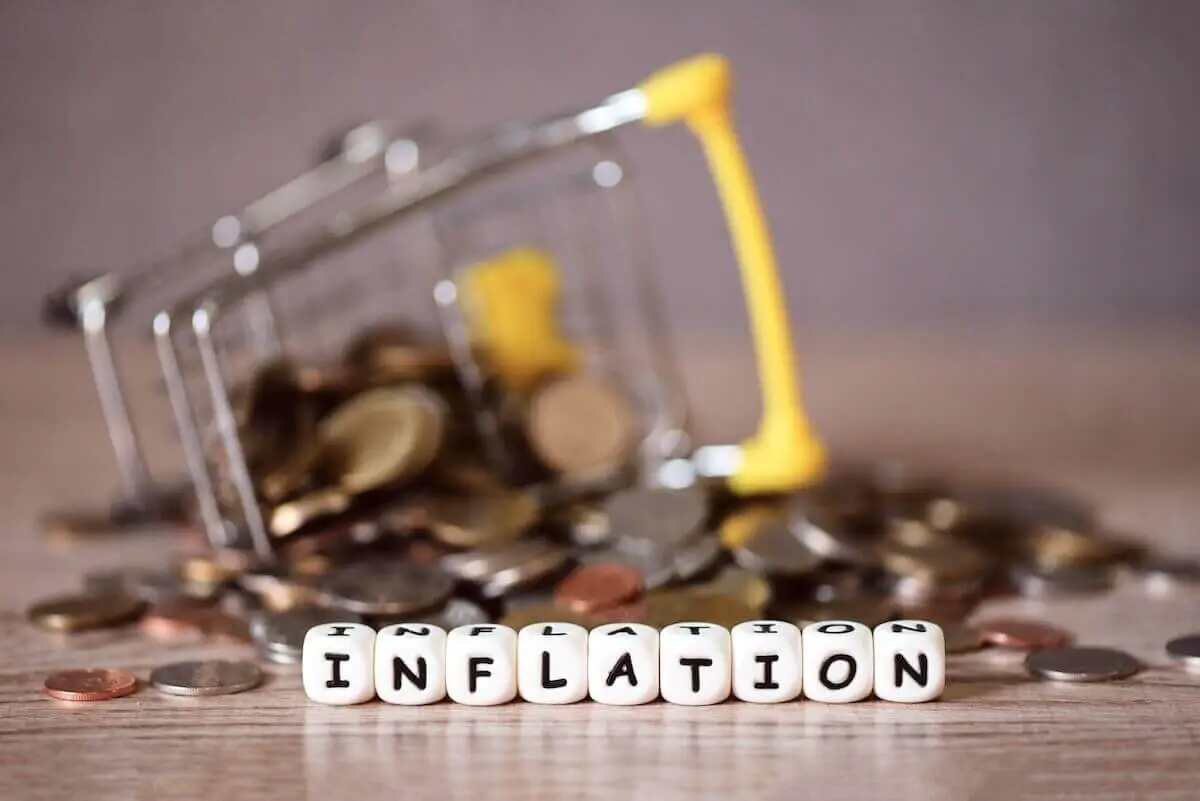2025 COLA Estimate Continues to Increase
Inflation has been persistent for the past several years.
The 2024 cost of living adjustment (COLA) for federal retirees was 3.2%. Some retirees were probably disappointed with the 2024 increase because of the larger increases in the two previous years.
In 2023, the COLA was 8.7%, the highest in more than 40 years. In 2022, it was 5.9%, the highest in 40 years. The 2024 COLA was 3.2%, considerably less than the previous two years. While the COLA was less, the Federal Reserve’s target for inflation is 2%—obviously, that target has not been reached despite higher interest rates.
Each month, the Senior Citizens League estimates the upcoming cost-of-living adjustment (COLA), which will be finalized in October. In April, it revised its 2025 COLA forecast to 2.6%. That was higher than its previous estimate of 1.8%, which was higher than the earlier estimate of 1.4%.
In May, the League raised its estimate for the next COLA to 2.7%.
2.7% is only an estimate for the 2025 COLA. The actual COLA will be announced after the third-quarter inflation data become available. The estimates are useful for federal employees planning to retire or already retired as they guide the federal employee annuity and Social Security payments for 2025.
Should the Inflation Target Be 2%?
Federal Reserve policymakers will probably leave their benchmark federal funds rate in place for now. It is still at its highest level in more than two decades. The reason is because of inflation.
Their preferred measure of consumer prices, from the Commerce Department, was up 2.7% from a year earlier in April. That is lower than in April 2023, which was up 4.4%. This is not what stock market investors expected at the start of 2025. The expectation was that interest rates would be going lower to avoid slowing down the American economy with higher interest rates.
Consumer sentiment is low because of inflation. Many Americans believe their long-term financial security is fragile and can be quickly altered by various social and political threats. Some economists think 4% would give the Federal Reserve more room to escape economic downturns. Perhaps that is a valid theory but popular sentiment is against the higher number. Inflation disrupts budgets and puts some people into economic straits as their income may remain stable while inflation continues to drive up prices.
According to the Wall Street Journal:
Reliable steps up the economic ladder, such as a college degree, no longer look like a good investment. War overseas, and an emboldened set of hostile nations, have made the world feel dangerous. Uninspiring leaders at home, running a government widely seen as dysfunctional, have left people without hope that America is up to the challenge of fixing its problems.
That is not good news for the Biden administration in an election year. In the recent election in Europe, conservative candidates made significant gains. While European elections differ from the state-by-state elections here, the results may foreshadow what will happen in November. According to this analysis:
The latest campaign in Europe successfully road-tested a message that mixes a potent political cocktail — public anger over what is perceived to be out-of-control migration, the pain of voters facing high prices and the cost to individuals of fighting climate change. Trump is hitting these themes hard in battleground states that will decide the White House race.
The inflation rate impacts the country, from its impact on economic security to political outcomes in elections.
Latest Inflation Data and Latest COLA Change

In May, the Consumer Price Index for All Urban Consumers (CPI-U) was unchanged after rising 0.3% in April. Over the last 12 months, the all-items index increased by 3.3%.
The index for shelter rose in May, up 0.4% for the fourth consecutive month. The index for food increased 0.1% in May. The food away from home index rose 0.4% over the month, while the food at home index was unchanged. The energy index fell 2% over the month, led by a 3.6% decrease in the gasoline index.
The Consumer Price Index for Urban Wage Earners and Clerical Workers (CPI-W) increased 3.3% over the last 12 months to an index of 308.163 (1982-84=100). For the month, the index decreased 0.1%.
This is 2.3% higher than the third quarter of 2023. That is significant because the annual COLA is determined by comparing the change in the CPI-W from year to year, based on the average of the third-quarter months of July, August, and September.
TSP Results for June and Year-to-Date
While inflation is still active in the American economy and above the target of a 2% inflation rate, investors in the Thrift Savings Plan (TSP) are seeing a good return on their investments in 2024.
The largest gains, by far, in the TSP are for the C Fund, which is up 13.40% for the year-to-date as of June 11. The S Fund (up 2.19% for the year) and the I Fund (up 6.54% for the year) are also doing well but are lagging behind the C Fund.
| Fund | Month-to-Date | Year-to-Date |
|---|---|---|
| G Fund | 0.14% | 1.96% |
| F Fund | 0.71% | -0.86% |
| C Fund | 1.90% | 13.40% |
| S Fund | -1.15% | 2.19% |
| I Fund | -0.97% | 6.54% |
| L Income | 0.27% | 3.74% |
| L 2025 | 0.29% | 4.35% |
| L 2030 | 0.39% | 6.32% |
| L 2035 | 0.41% | 6.73% |
| L 2040 | 0.43% | 7.14% |
| L 2045 | 0.44% | 7.49% |
| L 2050 | 0.46% | 7.86% |
| L 2055 | 0.48% | 9.36% |
| L 2060 | 0.48% | 9.35% |
| L 2065 | 0.48% | 9.35% |





